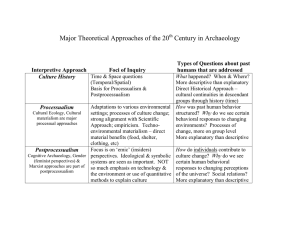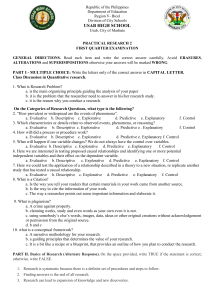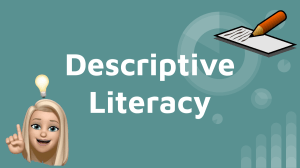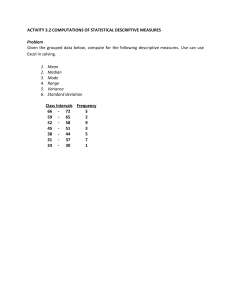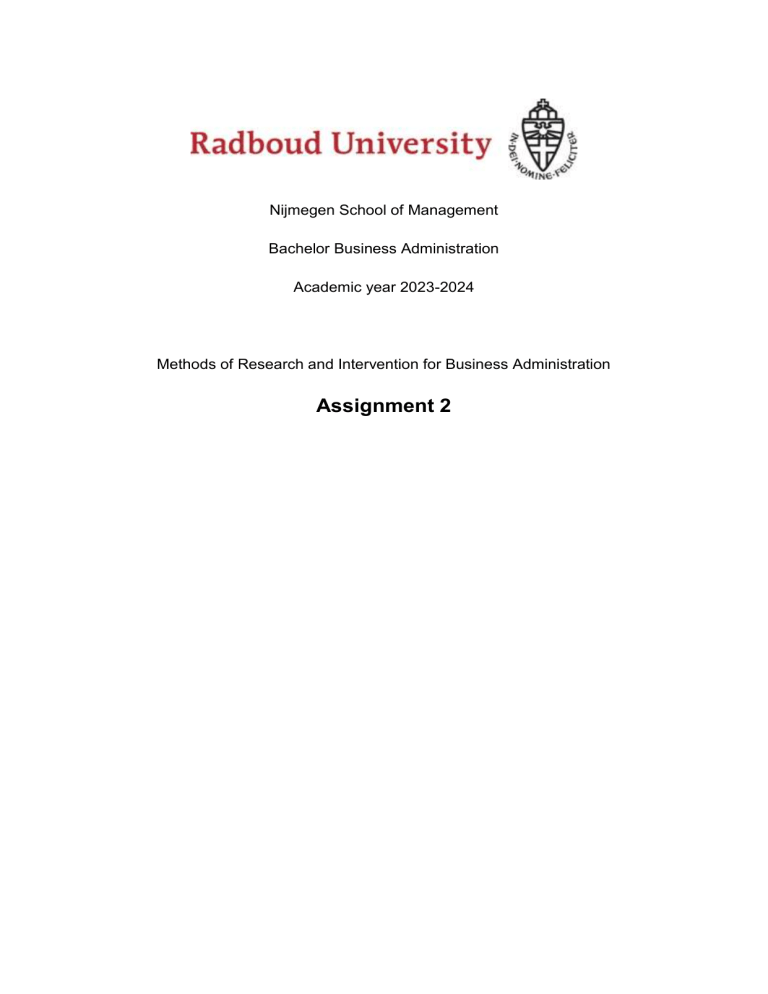
Nijmegen School of Management Bachelor Business Administration Academic year 2023-2024 Methods of Research and Intervention for Business Administration Assignment 2 Assignment 2 MRI group 16 subgroup 5 These exercises will help you discuss the argumentation of methodological issues. Some of these questions are also in the workbook. In that case, compare your individual answers with your teammates, and choose and argue the correct answer with your group. Part B concerns an article by De Jong and Elfrink. (2010). You can find the article via the link in Content > Assignments on Brightspace. Part A. Research design Question 1 1. We know in general that there is a relationship between drinking alcohol and our ability to reason. 2. Someone formulated the research question: “Does the amount of alcohol in the blood distort a human’s ability to reason?” a) What is the difference between sentence 1 and sentence 2? The first sentence is a statement that wants to explore the relation between two variables; that is drinking alcohol and the ability to reason. The second sentence is a research question because it regards something we want to generate new knowledge about. b) According to Vennix, this is a possible research question, but it only helps us when we want to know something about the validity of the assumption on which the question is based. Which type of research does this indicate? ☐ Explorative research (this is our answer, we cannot press the box) ☐ Descriptive research; ☐ Explanatory research; ☐ Evaluative research. Please choose an answer and then provide an argument for your choice (why?). The research question is explorative because the researchers want an answer to their curiosity which is whether the amount of alcohol in a person’s blood distorts their ability to reason. This is a simple “yes” or “no” question, and the research question does not ask about why this is and why this might be important to know. Question 2 The question above is not a nicely formulated research question since it leads to a yes/no answer. Suppose that we want to go beyond exploration – so we know already that drinking alcohol and our ability to reason is somehow connected with our blood. The first option is to formulate a descriptive research question. So we want to know what exactly is happening in our body talking about alcohol, reasoning abilities, and blood. a) Formulate a descriptive research question covering the concepts ‘(amount of) alcohol in the blood’ and ‘ability to reason’. “What is the relation between the amount of alcohol in an individual's blood and their ability to reason?” b) Explain why you think that this question is a sound research question. We think this is a good descriptive research question because the question aims to describe how alcohol influences the ability to reason. Question 3 Without providing the answer to question 2, it is clear that a descriptive research question isn’t telling us the whole story. We still have no idea how A (the amount of alcohol in the blood) influences B (our ability to reason). So a new task lies ahead: a) Formulate an explanatory research question covering the concepts ‘(amount of) alcohol in the blood’ and ‘ability to reason’. “Why does x amount of alcohol in the blood influence an individual’s ability to reason?” b) Explain why you think that this question is a sound research question. We think this is a good explanatory research question because the question aims to explain the processes of why ability to reason. Question 4 Explain why each of the formulated research questions above has its right to exist. Think of aspects such as research goals, costs and audience to reach. For the explorative research question, the goal is to find out what is going on in this situation which is if something happens if a person drinks alcohol. This is the shortest form of explanation which comes with a lower cost point and is easier for the general audience to understand because it has a simple answer. For the descriptive research question, the goal is to get a clear description of how alcohol influences an individual's ability to reason. We’re no longer satisfied with just stating that alcohol affects a person's ability to reason. This requires more effort and therefore a higher cost for research and the description might be more complex than the explorative research question. Which means that the target audience might need a higher academic level. For the explanatory research question, the goal is to understand how a situation works. So in this case, specifically what processes are behind the change in a person's ability to reason when they have alcohol in their blood? This is an even higher level of research which is even more complex than descriptive research. Some many more components and considerations have to be taken into account, therefore the cost is even higher. Henceforth the audience should have a high level of academic understanding. Part B. Research design in De Jong and Elfrink (2010) In Chapter 5, Vennix describes the first steps in developing a research design. From reading the abstract (in Assignment 1 last week) you know that this article tests a model through hypotheses. This exercise is about understanding the authors’ train of thought and reflecting on their research design. Read the Introduction section of De Jong and Elfrink (2010). (This is the first section, which ends at the second section ‘Theoretical background’. Question 1 Find the research objective of the article. Usually, this is stated in a sentence that starts with ‘the objective of this research….’ or something similar. Copy the objective to your answer document. Then indicate the internal goal and external goal in that objective. The research objective for the article is: “In this study, we investigate how trust affects the performance of ongoing teams. .We focus on three team-level processes—team “reflexivity,” team monitoring, and team effort—and examine how these act as mediating mechanisms that together transmit the effects of trust to performance.’’ In this article the internal goal is to find out how team reflexivity, monitoring, and effort positively affect trust in an ongoing team, and therefore enhance performance. The external goal is to understand how trust affects team performance in the broader picture. Question 2 Below are some research characteristics that are important to make clear when doing research. Which apply to the article of De Jong and Elfrink, and why? ● Is the research theory-oriented or practice-oriented? ○ The article is theory-oriented because the research aims to figure out how trust affects team performance in ongoing teams. It does not, however, provide us with an applicable solution to how we can improve trust in ongoing teams, and therefore also improve team performance. ● Is the research explorative, descriptive, explanatory, or evaluative? ○ The research is explanatory because it explains how trust affects team performance. If it was descriptive it would only concern the question “if there is a relation between trust and team performance”. ● Is it a static or dynamic research? ○ The research is static, as all the information is collected at one point in time, rather than following the unit of objective over a period of time. ● Does it research the past, present or future? ○ It researches the present, and how trust affects ongoing teams. At the moment of data collection, they do not use old data or try to say something about how trust affects team performance in the future. Question 3 Already in the introduction, De Jong and Elfrink are quite explicit about their Unit of Analysis. What is their unit of analysis, why did they choose this and how does this relate to at least one of the characteristics you mentioned in your answer to the previous question? ● Their unit of analysis is ongoing teams, while their unit of observation is the individual team members of these ongoing teams. In the article they state “We focus here on ongoing teams, not only because of their prevalence and importance in organizations, but also because explanations of the trust-performance relationship are lacking for this type of team in particular”. ● This relates to the fact that the article is theory-oriented: it aims to figure out how trust affects team performance in ongoing teams. The unit of analysis is ongoing teams. and in a theory-oriented research these ongoing teams are analyzed by the researchers. ● It also relates to the fact that the research is explorative, in this the researchers explain how trust affects team performance. In the article quote above there is stated that explanations of trust-performance relationships are lacking for this type of team in particular. In this explorative research the aim is to explain exactly that.
